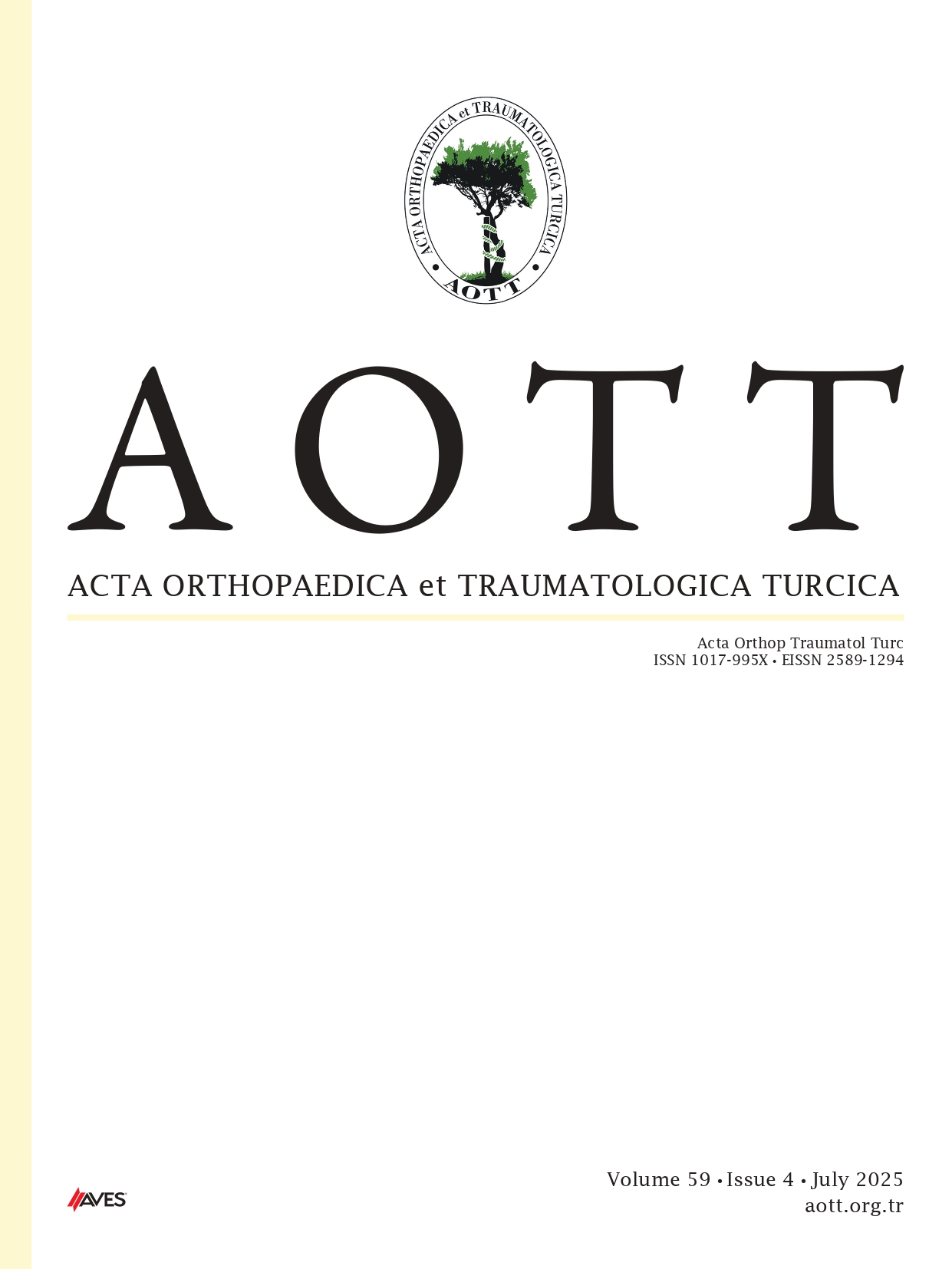Objective: This study aimed to evaluate how single-leg weight-bearing and double-leg weight-bearing radiographs affect knee osteoarthritis assessment and treatment planning.
Methods: Fifty orthopedic physicians were asked to assess the knee radiographs of 10 female patients (mean age: 68 ± 6.6 years) presenting with knee pain. The radiographs were obtained in both double-leg and single-leg weight-bearing positions. Physicians were asked to determine the appropriate treatment plan (conservative management, unicondylar knee replacement, or total knee replacement). If they opted for surgical intervention, they were further asked to specify which prosthetic material they required to be available during surgery (a unicondylar knee prosthesis, both unicondylar and total knee prostheses, a total knee prosthesis, both total and revision knee prostheses). Treatment plans based on double-leg and single-leg weight-bearing radiographs were compared.
Results: Conservative management was more frequently selected based on double-leg weight-bearing radiographs (P < .001). In contrast, the requirement for additional surgical materials was significantly higher for single-leg weight-bearing radiographs (P < .001). Specifically, 53.6% of physicians preferred having both total and revision knee prostheses available based on double-leg weight-bearing images, com- pared to 64.2% for single-leg images. Moreover, 31.2% of physicians upstaged their treatment plans after reviewing single-leg radiographs. Additionally, 13% of physicians opted for a total knee prosthesis based on double-leg weight-bearing images, whereas this proportion increased to 29% with single-leg weight-bearing images.
Conclusion: Single-leg weight-bearing radiographs prompted more invasive treatment decisions, highlighting their clinical utility in detecting pathology that may influence surgical planning.
Level of Evidence: Level IV, Diagnostic Study.
Cite this article as: Bozduman Ö, Köker Y, Ozturk M, Tuncay İ, Akan B. Impact of single-leg versus double-leg weight-bearing radiographs on surgical decision making in knee osteoarthritis. Acta Orthop Traumatol Turc., Published online August 13, 2025. doi:10.5152/j.aott.2025.25286.



.png)
.png)
